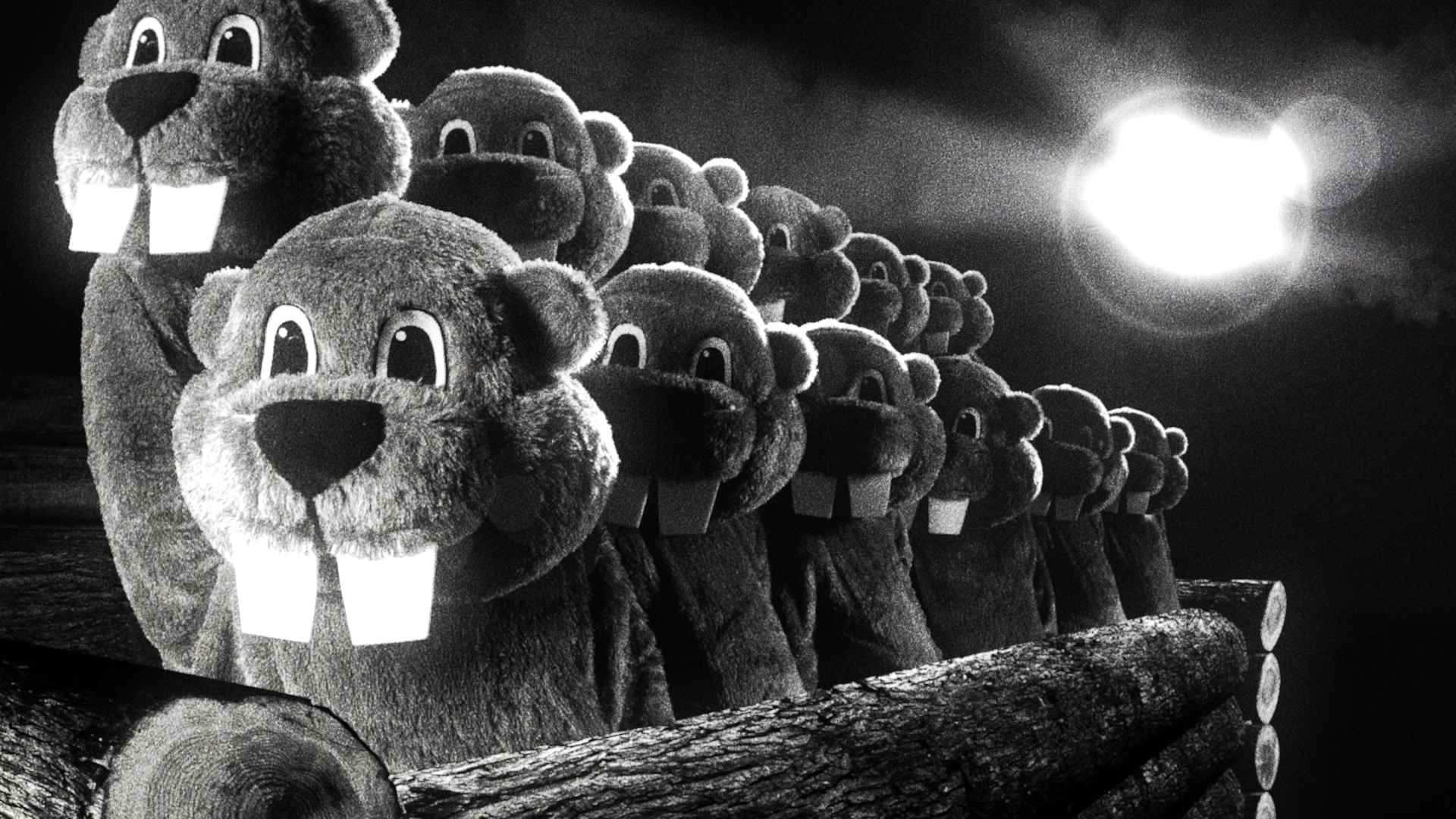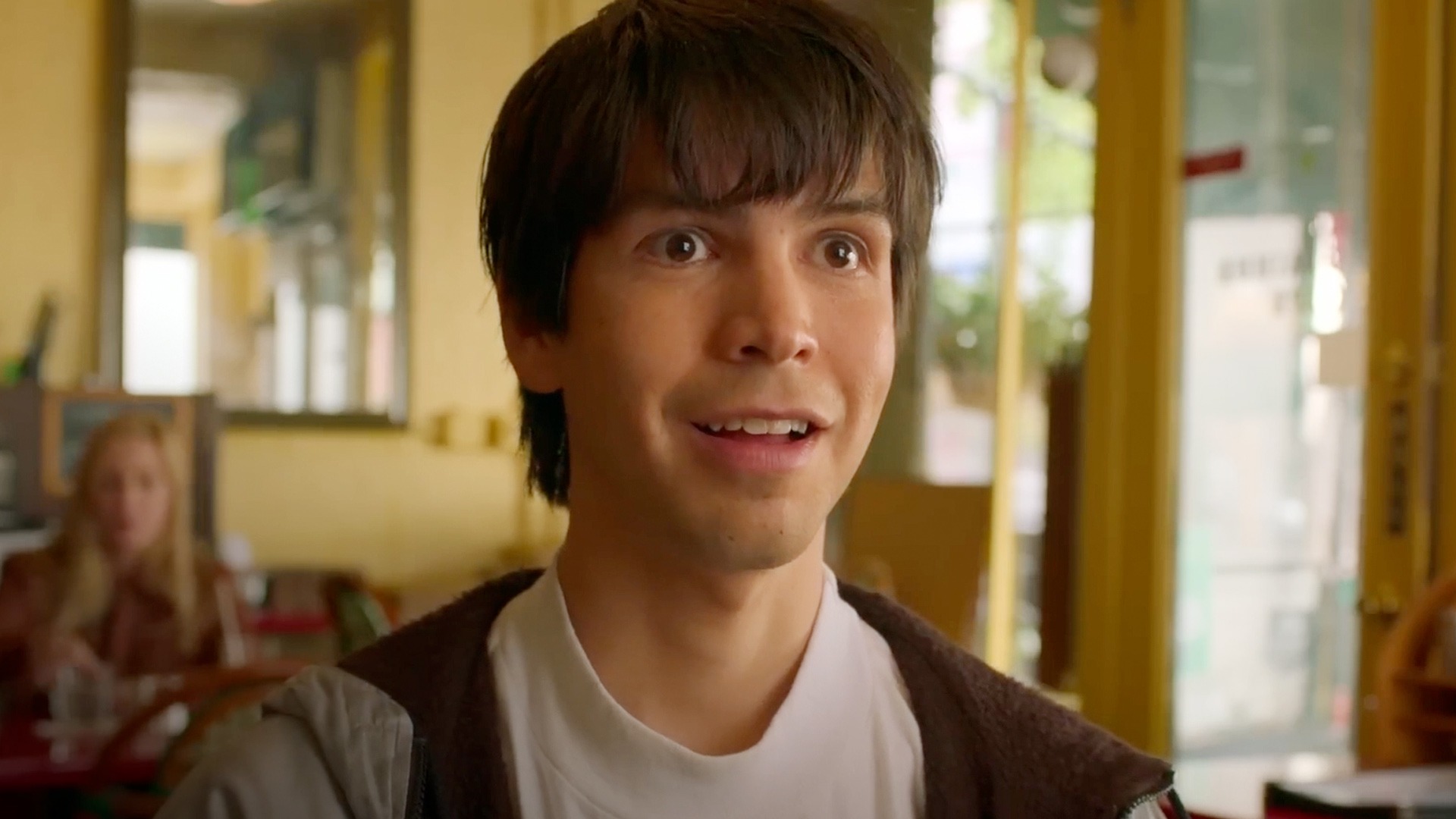
What exactly is the highest peak for disaster pictures? For what essentially amounts to a visual effects showpiece of massive destruction, it’s a genre that tends to be heavy on display and light on just about everything else. Characters and arcs? Mere dressing for a tidal wave to wipe out a city or a volcano to engulf a town. Most audiences going into these pictures are not expecting to care about whether the characters grow or develop from such a situation. They mostly just want to see them tossed into a blender of carnage and really just watch for the spectacle of who will survive. Film critic Gene Siskel, when talking about the movie Twister, stated that you know you’ll get great special effects with the right team behind such a picture. So why not actually conceive a story just as engaging as the effects? Can such a film exist?
At this point, the answer is probably no. Popcorn-chomping audiences favor the bigger disasters over the bigger scripts. It is why the disaster genre of movies is now more of a ride. You strap in for the experience and hope it doesn’t bore or make you sick. With San Andreas, I got what I paid for and was more impressed with what it did not do. There were no cartoonish characters played up for laughs amid all the violence. There were no lame jokes at the cost of toppling buildings or a shuttering Earth. There were no overly ridiculous methods to save the day. It plays to many of the common clichés, as expected, but only to the sufficient degree required – catching itself just before it tumbles over the cliff of lunacy.
Our muscle-bound protagonist running around a crumbling California is a rescue worker played by Dwayne Johnson. He’s a decent man willing to risk his life and, of course, has to save his ex-wife and daughter from the apocalyptic destruction. These characters are all familiar including the hysterical scientist played by Paul Giamatti, but never for the level of camp in that of a Roland Emmerich production. They all just fit neatly into their place for this template – especially the way Dwayne Johnson gets plenty of chances to punch looters and carry the injured to safety. No ridiculous banter or Michael Bay style plays for jokes in the setup. The actors all just seem to be along for the ride – desiring only to enjoy it just enough without appearing as fools.
But all this writing is taking away from the true stars of this picture: the disasters. The Hoover dam bursts in an amazing display of violently gushing waters. Buildings caught in the quake wiggle from side to side as they come apart with people falling out of the holes in the structures. A giant tidal wave threatens the area and the only way to avoid it is ride to the top of the wave (of course). All these special effects do a great job acting at the screen – convincingly playing the role of a decimated Los Angeles. Maybe I’m reviewing this picture the wrong way in that I favor visuals or people when it comes to this genre, but what else is there to root for in a movie such as this? As far as these type of pictures go, San Andreas is about as good as it gets. The best way to conceive a big-budget disaster picture at this point is to fill the screen with lots of detail and make the humans small enough so that they don’t intrude or annoy the spectacle. It’s a passive plot up to the big salute of the national guard that was more pleasing than forced. The disasters occur, the speakers shake and the movie ends. Please watch your step after exiting your seat.

 “Monkey Man” (2024) Review
“Monkey Man” (2024) Review  “Hundreds of Beavers” Review
“Hundreds of Beavers” Review  “The Truth vs. Alex Jones” Review
“The Truth vs. Alex Jones” Review  “Problemista” Review
“Problemista” Review  “Ghostbusters: Frozen Empire” Review
“Ghostbusters: Frozen Empire” Review  “Love Lies Bleeding” Review
“Love Lies Bleeding” Review  “Kung Fu Panda 4” Review
“Kung Fu Panda 4” Review  “Dune: Part 2” Review
“Dune: Part 2” Review 


